

View 491 times
#TAMPA, Fla. — It is becoming more difficult for young space companies to close growth-stage funding rounds amid increasing investor scrutiny, according to an April 9 panel of investment bankers and equity analysts.
The poor trading performance of early-stage space companies listed on the stock exchange in recent years, coupled with the end of cheap capital as interest rates rise, is weighing on businesses’ ability to build scale in the market.
Citigroup investment banker Sameer Garg said during the Space Symposium in Colorado Springs that young space companies used to just need to nail down one lead investor to close a funding round.
Then it became “a market of two,” where the success of a funding round depended on existing investors stepping up and continuing to demonstrate their interest and desire to support a company alongside a lead investor, Garg continued.
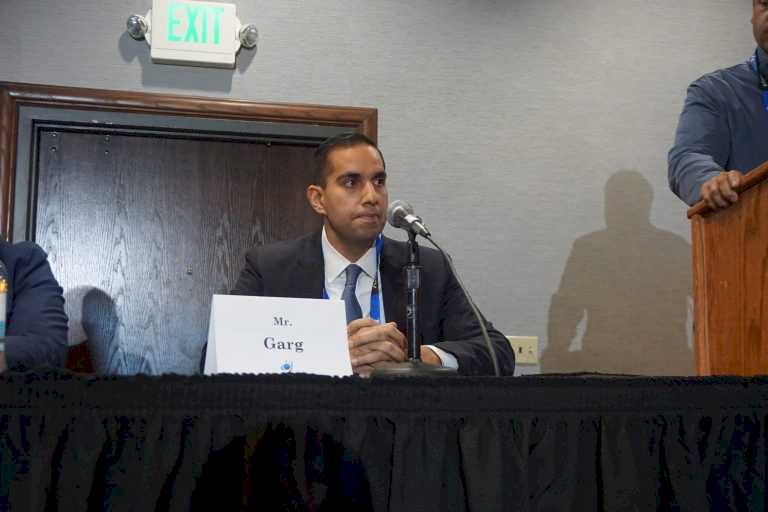
View 492 times
#COLORADO SPRINGS — A startup has unveiled plans to develop inflatable modules that the company believes can be made larger and less expensive than alternatives, supporting commercial space stations and other applications.
Max Space is developing a series of expandable modules, the first of which is scheduled to launch on a SpaceX rideshare mission in 2025. That Max Space 20 module, compacted into a volume of two cubic meters for launch, will expand to 20 cubic meters after deployment, making it the largest expandable module flown to date.
Aaron Kemmer, co-founder and chief executive of Max Space, said in an interview that his interest in expandable modules stemmed from his experience at space manufacturing company Made In Space, which produced 3-D printers used on the International Space Station
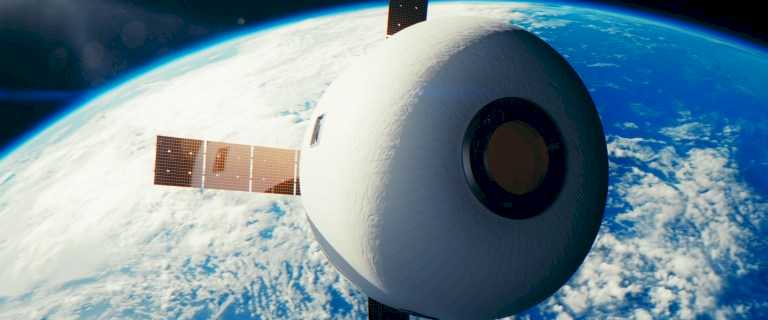
View 494 times
#TAMPA, Fla. — Recent high-profile layoffs are only a short-term setback for a space industry on track for more unprecedented growth in workforce and revenues, according to panelists joining the Space Foundation’s quarterly investment discussion April 8.
Employment in the private space sector soared about 30% over the last five years compared with a rise of less than 10% for the United States overall, Kelli Ogborn, Space Foundation vice president of space commerce and entrepreneurship, said during the non-profit organization’s 39th Space Symposium in Colorado Springs.
However, the employment picture is less rosy in other areas of the space sector

View 509 times
Battling Without Borders: Cross-Domain Capability is the Future of #Warfighting?
When waging war against their enemies, ancient Greeks often prayed to the deities Ares and Athena. Ares, the fiery god of war, was known for his brute strength and reckless aggression; while Athena, the sagacious goddess of wisdom, was known for her strategic thinking and righteous sense of justice. Because it married mind with muscle, their partnership was thought to be a perfect pairing for soldiers seeking victory.
But wars in this new era of great power competition are different from wars then. If the ancient Greeks were engaged in conflict today, the best object of their prayers might be Proteus, who in Greek mythology was a prophetic sea god who could unravel the past, discern the present and foresee the future. Although Proteus was omniscient, he did not like sharing his secrets. To avoid doing so, he would often change his form to hide from those who sought his counsel, metamorphosing into animals, trees, and even elements like water and fire

View 515 times
TAMPA, Fla. — European space consultancy firms #Euroconsult and SpaceTec Partners announced merger plans April 5 to expand their services globally.
The combined group will be called Novaspace, marrying Euroconsult’s market intelligence expertise with #SpaceTec Partners’ management consulting strengths and closer ties with European Union agencies.
Pacôme Revillon, CEO of Euroconsult, said the deal is essentially complete and is just waiting for final paperwork and financial transfers.
40-year-old Euroconsult, which also runs industry events including the annual World Space Business Week in Paris, has offices in France, Canada, Japan, Singapore, Australia, and the United States.

View 567 times
#CAMBRIDGE, Mass. — Varda Space Industries has raised $90 million to scale up production of systems to manufacture #pharmaceuticals in orbit and return them to Earth.
Varda announced April 5 it raised a Series B round led by venture firm Caffeinated Capital, with participation from Lux Capital, General Catalyst, Founders Fund and Khosla Ventures. The company has raised $145 million to date.
The funding round comes on the heels of the successful conclusion of its first demonstration mission, W-1, on Feb. 21 when the company’s capsule landed at the Utah Test and Training Range. The capsule had been part of a spacecraft launched in June 2023 to test the ability to produce pharmaceuticals in microgravity.
The new funding will allow Varda to scale up production of spacecraft that take advantage of microgravity to produce pharmaceuticals that are not possible or cost-effective to make on the ground.
“We’re really excited to take this
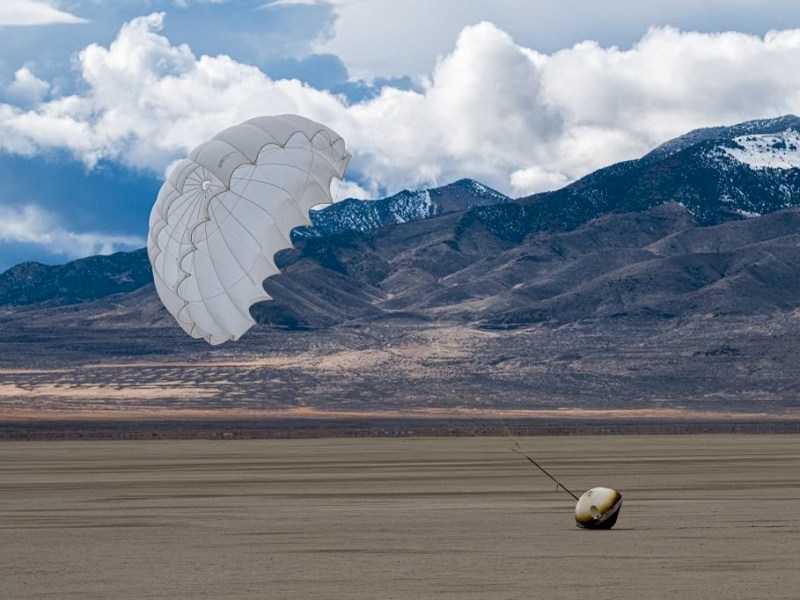
View 524 times
In recent years, the concept of sustainability has transcended Earth’s environment, stretching its significance to the vast expanse of space. With the advent of #satellites connecting directly to smartphones, the imperative for space sustainability is cast into a sharper focus, illuminating the intricate relationship between our technological advancements and the preservation of the #cosmos. This development bridges the gap between space and the average person and underscores the urgent need for a sustainable approach to space exploration and utilization.

View 501 times
#WASHINGTON — Kratos Defense & Security Solutions announced April 4 it completed a demonstration of satellite-based broadband for the U.S. Army using a virtual ground system — a software-defined alternative to traditional hardware-based ground stations for controlling #satellite constellations.
The company won a contract in 2022 to conduct the demonstration for the U.S. Army’s Program Executive Office for Command, Control, Communications Tactical (PEO C3T) as part of a broader push to modernize voice and data communication for tactical units. The Army is looking for ways to tap into commercial capabilities rather than having to build its own bespoke space networks.

View 500 times

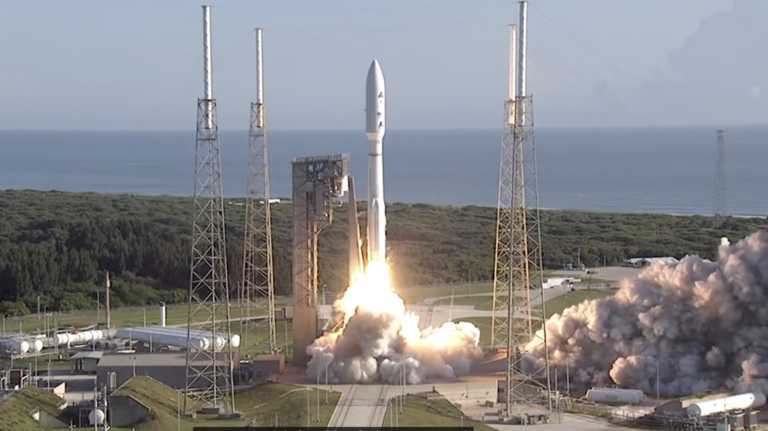


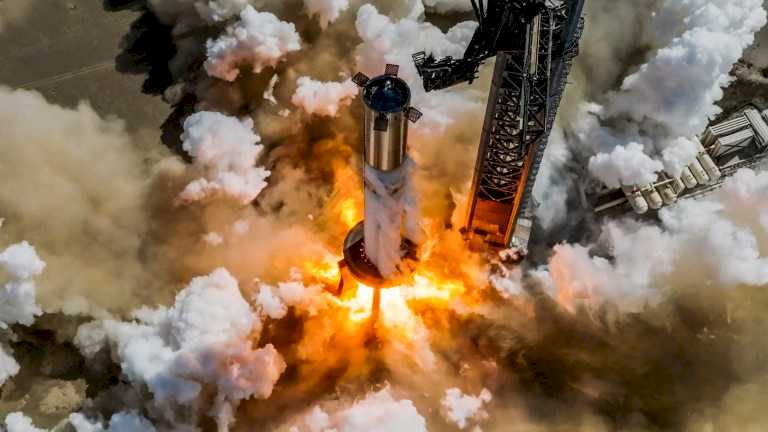

Space news on Umojja.com